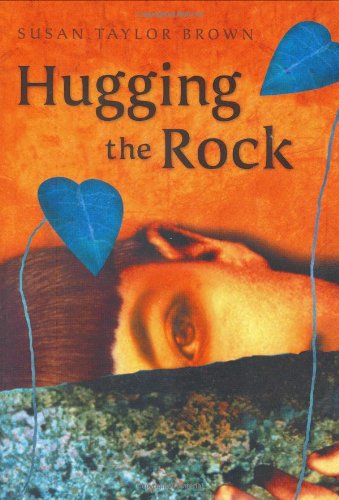Time was when my husband (then boyfriend) and I used to backpack 17 miles in a day — uphill both ways — fueled by a few dried apple rings and some creek water with a tab of iodine thrown in for good measure. And the next day we’d get up at sunrise and do it again.
I know it doesn’t actually sound fun, but it was.
We’d go for days without seeing anyone but each other.
We’d meet rattlesnakes and red-tail hawks and foxes, up close and personal.
We’d daydream.
And when we had children and had to toss in the teeny tent for a bigger one, we grieved. Car camping just wasn’t the same, though dang if we didn’t try. We trucked our kids all over god’s green acre with cans of beans and a camp stove, all for the pleasures of smelling campfire smoke in their hair and showing them the stars that just plain don’t show up at our house. It’s been worth it, but still…
This past summer, a decade into parenting, we fitted the girls with their own small packs and made our maiden family backpacking voyage into the Tetons, in Wyoming. It went so well that we just did it again, over Thanksgiving (this time in Big Bend National Park), and lordamercy was it fine.
We hiked and climbed and stomped for three days — covering about the distance we might’ve used to in one.
We carried all our own water — needing to be certain that we had enough for the kids to drink.
And we ate a heck of a lot more than dried apple rings. There was corn chowder and oatmeal and trail mix galore. I even toted in an itsy bitsy pumpkin pie for Thursday night.
But the integral reasons for getting out there were still fully realized.
Intimate togetherness.
Wildness and staggering beauty.
Space to dream. (Um, in a chatty sort of way.)
As my husband said on our last day (a day in which we’d already played some hilarious rounds of 20 Questions, discussed which other National Parks we’d like to visit, made up mysteries, and played a newly-invented acronym game), "They do the same random free associating we do when we walk… they just do it aloud."
And now we’re home. It’s cold and rainy today — not the weather for a good walk. The girls are back in school, I have a lunch date and the laundry is the most astounding sight around here.
And yet.
We saw a black bear this weekend.
And oaks that had turned gold.
And the summit of Mt. Emory.
We saw each other and it was really, truly fine.




